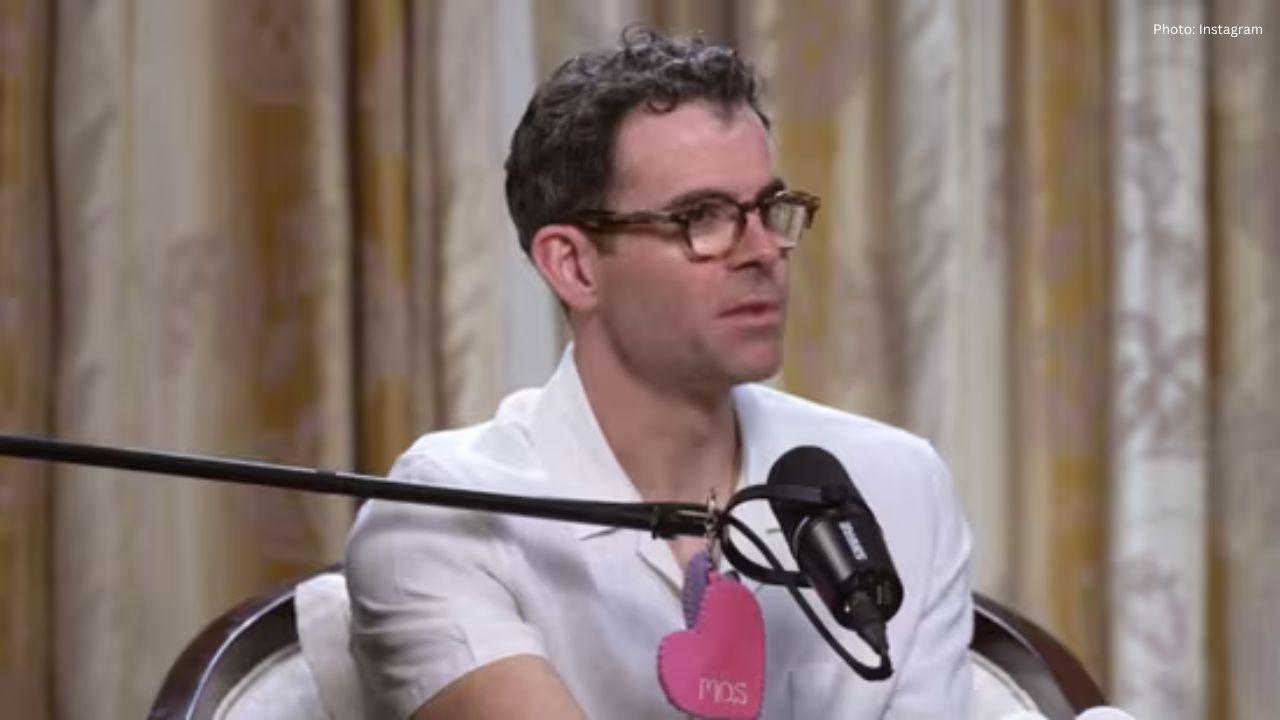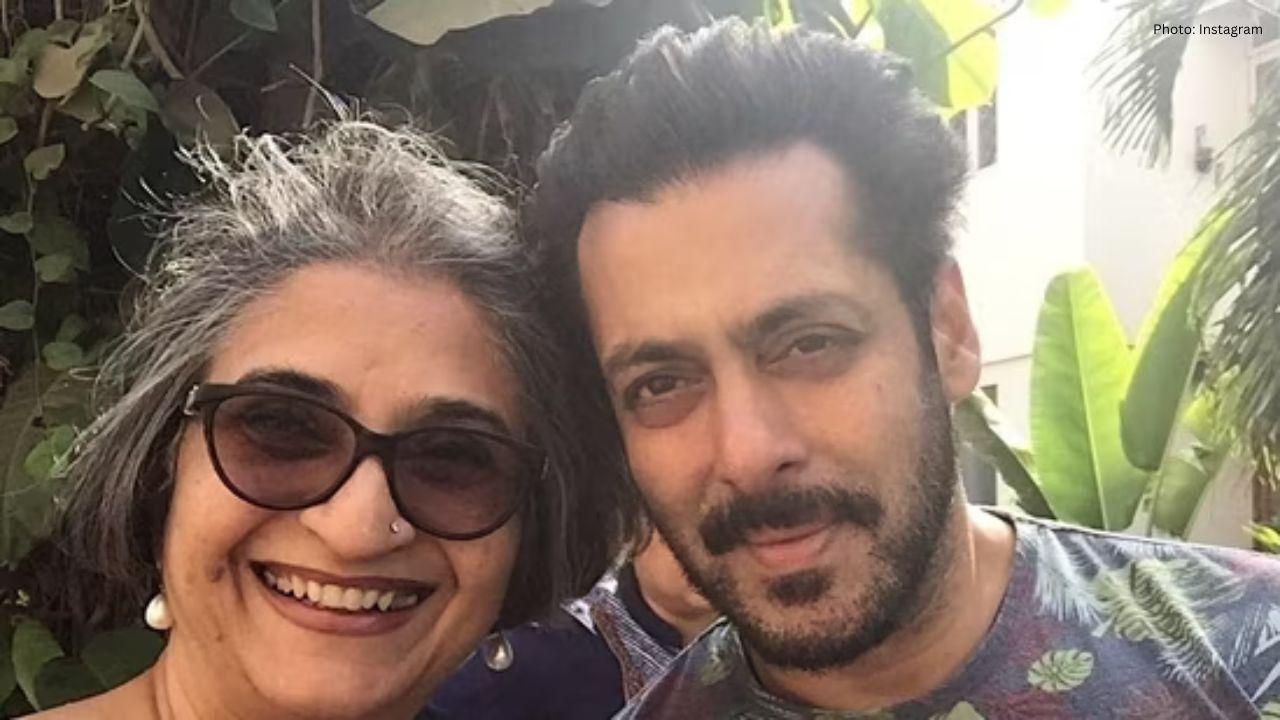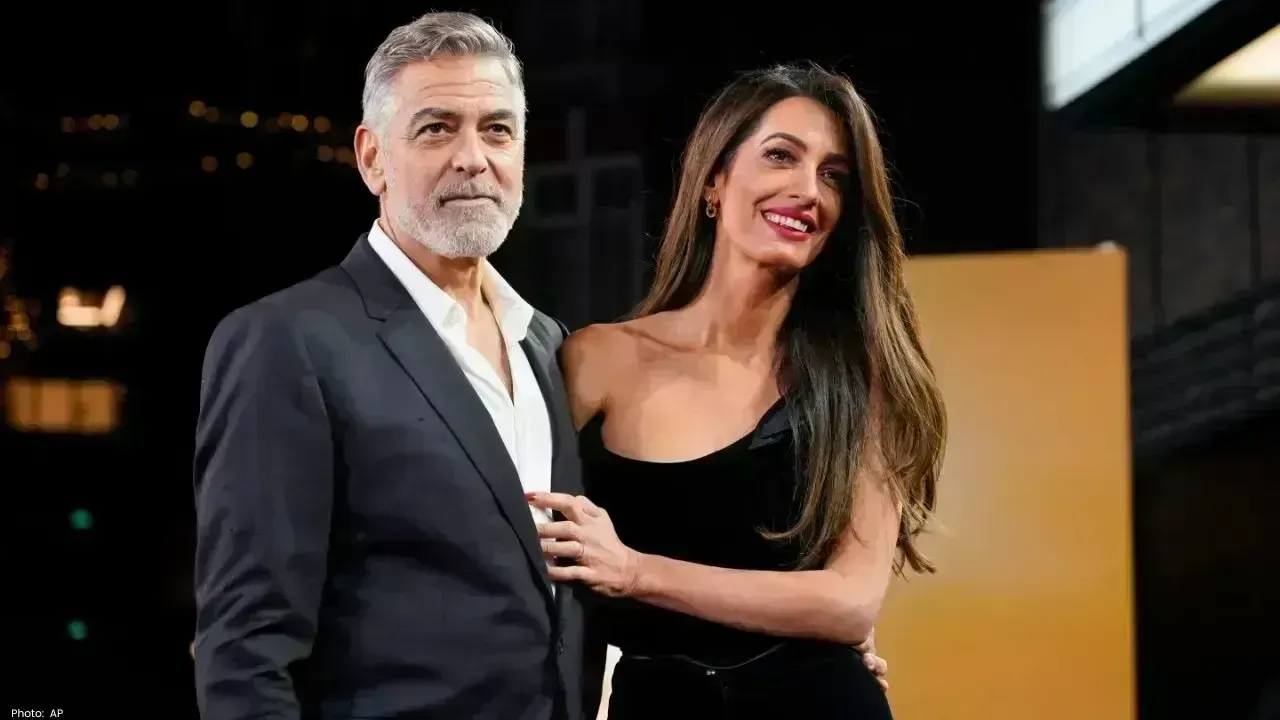You have not yet added any article to your bookmarks!

Join 10k+ people to get notified about new posts, news and tips.
Do not worry we don't spam!

Post by : Anis Farhan
The financial industry has always been a symbol of trust and control. For centuries, banks acted as the central authority for storing money, providing credit, and enabling trade. But with the arrival of blockchain technology and decentralized finance, that age-old relationship between people and banks is changing. DeFi 1.0 showed us a glimpse of financial services without intermediaries. Now, DeFi 2.0 is refining the vision, offering smarter, safer, and more sustainable solutions. It is not just about disrupting banks anymore; it is about building a system where everyone can access finance without permission and with full transparency.
DeFi 1.0 was revolutionary but not without flaws. Users faced high transaction fees, unstable returns, and risks of hacks. DeFi 2.0, however, introduces improvements such as liquidity management, self-insurance models, and cross-chain compatibility. These innovations tackle the weaknesses of the first wave and bring the ecosystem closer to mainstream adoption. Imagine earning passive income from your digital assets while keeping control of your wallet, or borrowing against your crypto without needing approval from a centralized entity. This is the promise of DeFi 2.0.
For decades, banks have been the backbone of global economies. Yet, they come with inefficiencies like slow transfers, high service charges, and limitations for the unbanked population. DeFi 2.0 is positioned as a direct alternative, where smart contracts replace bankers, transactions take seconds instead of days, and access is global by default. With over a billion people worldwide still outside the formal banking system, decentralized solutions could become the bridge to financial inclusion.
Accessibility: Anyone with an internet connection can access DeFi protocols.
Transparency: Blockchain records are immutable, reducing fraud.
Control: Users hold their own assets without relying on custodians.
Innovation: New financial products are being built daily, such as flash loans, staking pools, and yield farming 2.0.
These factors explain why DeFi is attracting billions of dollars in value locked within protocols.
While DeFi 2.0 sounds promising, it comes with significant risks. Smart contract vulnerabilities remain a pressing concern, as a single bug can drain millions of dollars. Regulatory uncertainty also clouds the future, with governments debating how to integrate decentralized systems into existing laws. Moreover, the complexity of DeFi platforms can discourage average users who are not tech-savvy. Without addressing these concerns, mass adoption could remain out of reach.
Instead of becoming obsolete, banks may evolve. Some financial institutions are already exploring blockchain-based services, merging the best of both worlds. Central Bank Digital Currencies (CBDCs) are a clear example of how governments are entering the digital asset space. Banks might transform into hybrid platforms where decentralized and centralized services coexist, allowing them to stay relevant while offering clients faster and cheaper solutions.
If DeFi 2.0 becomes mainstream, the ripple effects would be immense. Governments may lose some control over monetary policy. Developing nations could leapfrog traditional banking hurdles and adopt decentralized systems directly. Cross-border transactions, which today are expensive and time-consuming, could become instantaneous and nearly free. This shift could change not just how we save and spend money, but also how wealth is distributed globally.
DeFi 2.0 is not just about fixing flaws—it is about expanding possibilities. Concepts like “bonding” in decentralized protocols allow projects to build sustainable liquidity without relying on volatile incentives. Layer-2 solutions and cross-chain bridges make transactions faster and more affordable. Meanwhile, decentralized insurance, lending platforms, and NFT-based financial instruments are unlocking entirely new categories of services.
The success of any financial system depends on trust. While DeFi promises transparency, it must overcome skepticism caused by scams and market crashes. Building intuitive platforms with simple interfaces is crucial to attract users outside the crypto community. Education will also play a big role; people need to understand how to use decentralized systems safely. Without trust, the bankless vision cannot succeed.
The coming years will be decisive. As more developers enter the ecosystem, and as institutional players show interest in blockchain finance, DeFi 2.0 could transition from a niche experiment to a global alternative. Yet, a completely bankless future may not be realistic. Instead, we may see a blended system—where decentralized tools coexist with regulated financial institutions. This hybrid model could balance innovation with security, giving people more choice than ever before.
Decentralized Finance 2.0 is more than an upgrade—it is a movement toward financial empowerment. It challenges traditional banking by offering freedom, accessibility, and transparency. But with innovation comes risk, and only time will tell whether we move into a fully bankless society or embrace a hybrid system. One thing is clear: the future of finance will look very different from today, and DeFi 2.0 is leading that transformation.
This article is for informational purposes only and does not constitute financial advice. Readers should conduct their own research or consult with professionals before making investment decisions.










Rashmika Mandanna, Vijay Deverakonda Set to Marry on Feb 26
Rashmika Mandanna and Vijay Deverakonda are reportedly set to marry on February 26, 2026, in a priva

FIFA Stands by 2026 World Cup Ticket Prices Despite Fan Criticism
FIFA defends the high ticket prices for the 2026 World Cup, introducing a $60 tier to make matches m

Trump Claims He Ended India-Pakistan War, Faces Strong Denial
Donald Trump says he brokered the ceasefire between India and Pakistan and resolved eight wars, but

Two Telangana Women Die in California Road Accident, Families Seek Help
Two Telangana women pursuing Master's in the US died in a tragic California crash. Families urge gov

Ranveer Singh’s Dhurandhar Roars Past ₹1100 Cr Worldwide
Ranveer Singh’s Dhurandhar stays unstoppable in week four, crossing ₹1100 crore globally and overtak

Asian Stocks Surge as Dollar Dips, Silver Hits $80 Amid Rate Cut Hopes
Asian markets rally to six-week highs while silver breaks $80, driven by Federal Reserve rate cut ex